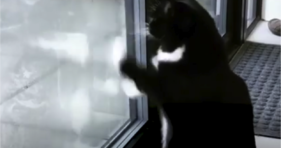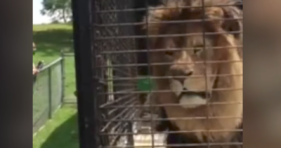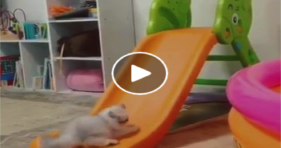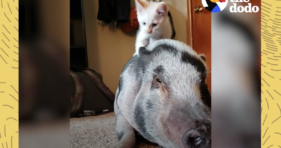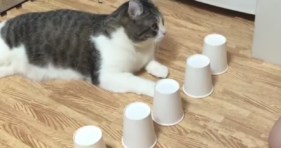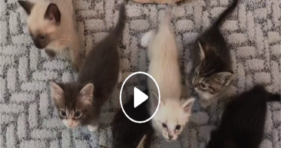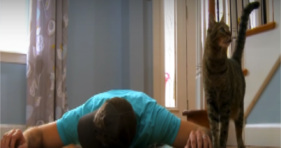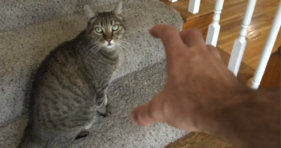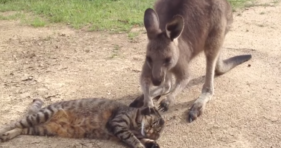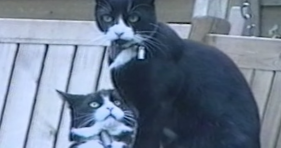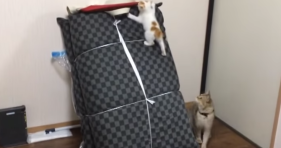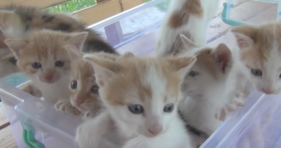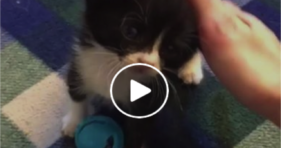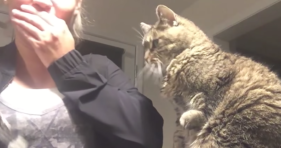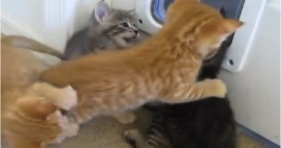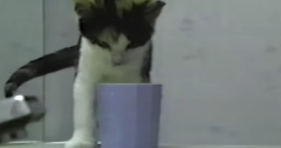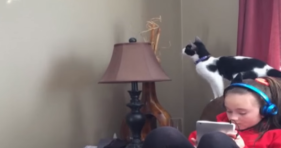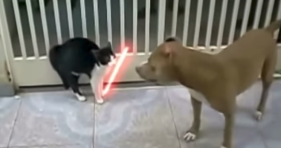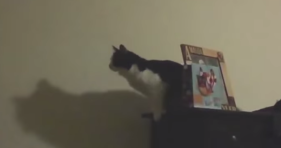It all started when the place that’s now The State Hermitage Museum in St. Petersburg was still The Winter Palace, home to the royal family.
Peter the Great, during his term as Russia’s Tsar, introduced the first cat to the galleries of the Palace as a tool to keep rodents from damaging the art that was already there.
Catherine the Great followed Peter’s example and declared the cats as the official guardians of the gallery.
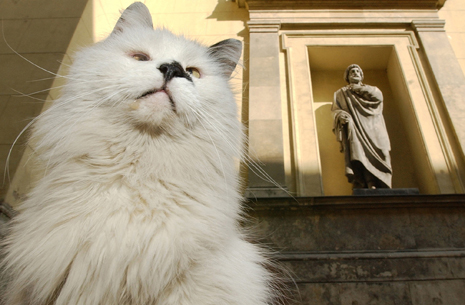
(AP Photo/Dmitry Lovetsky)
The building has gone through several renovations since the first feline arrived, but the guardians persisted. Now there’s around 70 cats that are taken care of by museum employees.
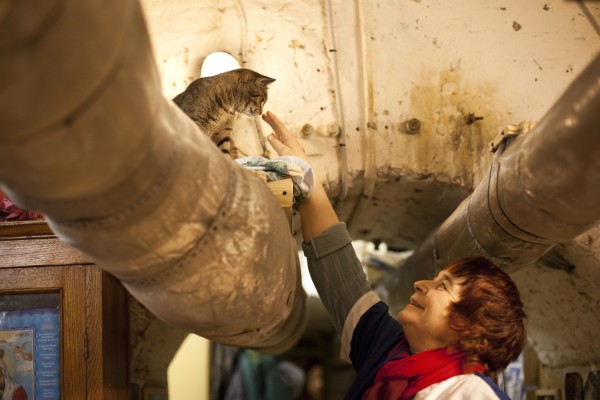
Photography by Ryan Bell
They play such an important role in the museum’s history that there’s a Day of the Hermitage Cat, celebrated every year.
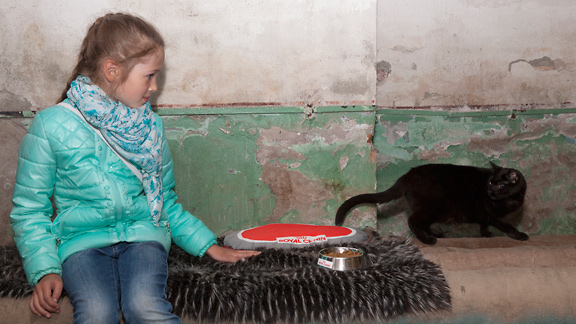
Hermitage Archive.
Also, in 2012 the museum commissioned paintings of their cats in a Tsarist style:
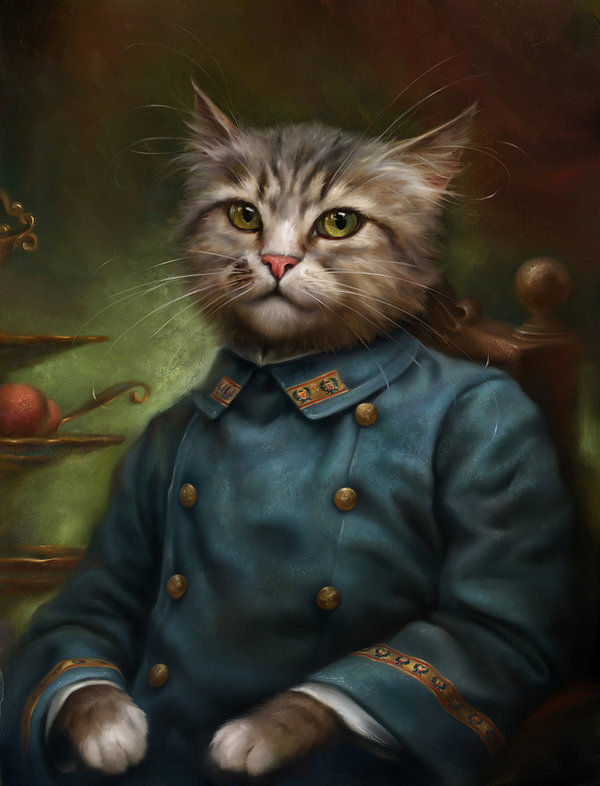
They were painted by Eldar Zarikov. You can click here to see the rest of his work.
And if you want to know more about The State Hermitage Museum, click here.

